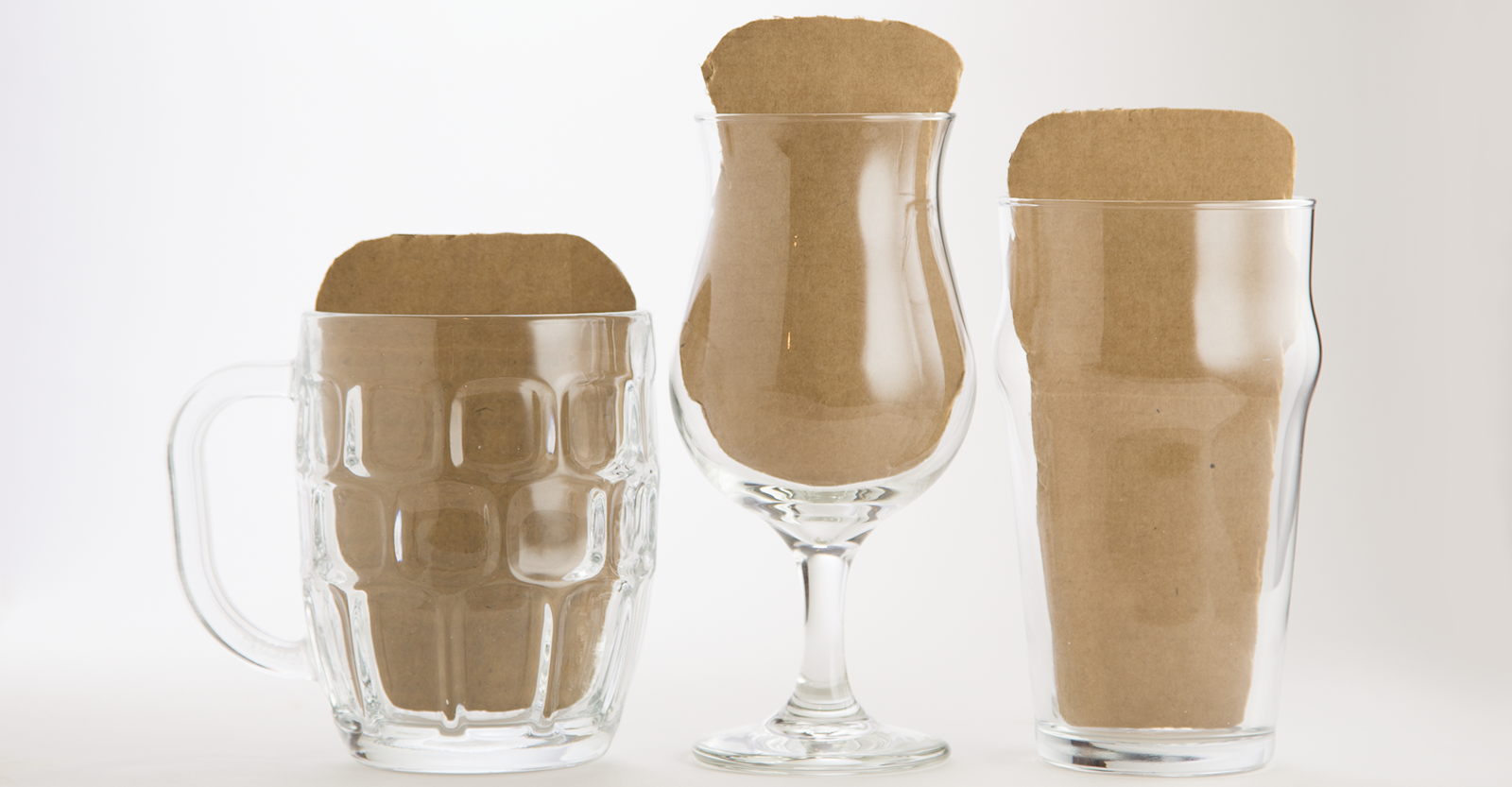Just as a frumpy recluse can’t convincingly impersonate a fashionable social butterfly (at least not for an appreciable length of time), neither can most beer styles gracefully rock oxidation. It takes a certain _je ne sais quoi _to become increasingly refined with age. A beer either has it, or it doesn't (and those that do, I affectionately refer to as my Sophia Loren beers).
The Beer Judge Certification Program (BJCP) describes oxidized beer as demonstrating “Any one or a combination of stale, winy/vinous, cardboard, papery, or sherry-like aromas and flavors.” I would venture to say that most of us have no desire to taste cardboard or paper, unless we are goats. But wine and sherry? I wouldn't turn that down.
Most of the time, though, when we speak of oxidation, it’s undesirable. Oxygen has a way of destroying the things we love, pulmonary alveoli notably excluded. Think of freshly cut apples or avocados. Leave them exposed to air, and the effects of oxidation become visually apparent as browning sets in. The same thing happens to beer. Oxygen exposure degrades lively alcohols and aromatics into bland shells of their former selves. In most cases, drinking oxidized beer is not an experience one willingly seeks.
Dissolved oxygen in wort is an essential element for yeast health, and I've discussed in “Air on the Side of Yeast Health” and “How to Inject Pure Oxygen into Wort” how to oxygenate your wort. But beyond that, the best way to keep oxidation at bay is to _avoid introducing oxygen after primary fermentation is complete. _Even with sophisticated equipment, commercial brewers struggle with oxygen, and homebrewers are virtually guaranteed to pick up some oxygen along the way. The key is, when transferring beer from one vessel to another (primary to secondary, fermentor to bottle or keg, etc.), try to minimize splashing, and steer firmly clear of any pouring, dumping, or other bulk movement. “Rack quietly,” says the brewing literature, and it’s sound advice. The quieter the better when it comes to moving beer.
The few beer styles that can—that’s _can, _not always do—improve with some long-term oxygen exposure are generally high in alcohol, dark in color, and malt-focused: barleywines, old ales, imperial stouts, and so on. Melanoidins in dark beers oxidize into the characteristic flavors of sherry, which complement dark malts more than they do Pils-colored counterparts. However, this is no reason to intentionally introduce oxygen into your beer. You’ll almost certainly pick up some along the way.
In short, do all you can to avoid oxygen after the yeast has been pitched, and if that three-year-old barleywine starts to remind you of sherry, then consider it a lucky accident and enjoy it!

